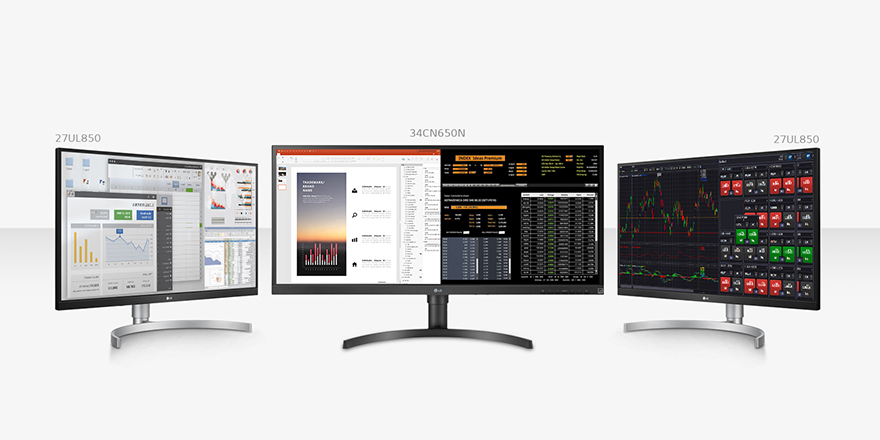By Phillip Johnson
LG Business Solutions USA
Last time we addressed how organizations are looking for enhanced security, reduced maintenance costs and added operational flexibility that cloud computing provides.
Staying Nimble with Thin and Zero Clients – As any organization knows, the computer systems and networks they employ may only be as good as their ability to handle change, whether that be adding more workstations or updating software. IT directors usually try to think in terms of at least five years when making infrastructure decisions, and today that long-term planning can benefit from a cloud computing foundation. For instance, as remote working continues and in many cases is becoming semi-permanent, a cloud-based system may be an ideal solution for maintaining operational consistency and access to data.
In the higher education market, it’s common to need entire teams of IT professionals to handle individual updates and maintenance on vast networks of hundreds or thousands of computers, sometimes requiring updates multiple times a semester.
Manually updating hundreds of computers one by one is a complicated, time-consuming task that can be simplified with a cloud-based system because the cloud endpoint devices don’t have their own software and don’t have data storage, and the updates can be done remotely.
The ability for IT staff to remotely control each cloud workstation, such as LG’s popular thin client all-in-one unit, is a major benefit as well, providing flexibility and security enhancements simultaneously. When an employee leaves, both their logins and their physical thin client or zero client can be deactivated at any time, in a matter of seconds, removing the ability to harvest or access company data. The same applies for security breaches via compromised credentials, which IT staff can respond to by deactivating accounts.
Saving Time, Money and Frustration – Cloud computing’s inherent reduction in maintenance requirements yields the potential benefits of reduced labor hours and helps minimize issues that arise when managing large networks of fully independent traditional PC devices. Besides the software and security improvements, the thin and zero client devices themselves also consume less power and contain far fewer replaceable parts than traditional PC devices.
DaaS (Desktop as a Service) is a very powerful cloud technology due to its flexibility, versatility and instant scalability. For many organizations, a solution for transitioning to a cloud-based system is to subscribe to a major third-party provider. For larger deployments or higher-security environments such as government agencies and medical facilities, it may make sense to build a proprietary cloud server and data center. While the latter is a more complicated and expensive outlay, it can be a good strategy for protecting highly sensitive data from both internal and external breaches.
Planning for the Future – Entities that provide reliable, updateable and flexible computer networks have a greater ability to respond to changes in work life, office dynamics, localized health shutdowns and other business-impacting events. Advanced cloud endpoint devices from a trustworthy brand can bring a multitude of benefits to public and private institutions alike. It’s likely that cloud computing will continue to see accelerated growth among healthcare organizations, financial institutions, government agencies and schools across the U.S. and around the globe.
